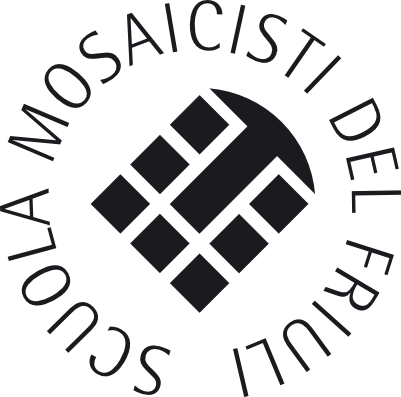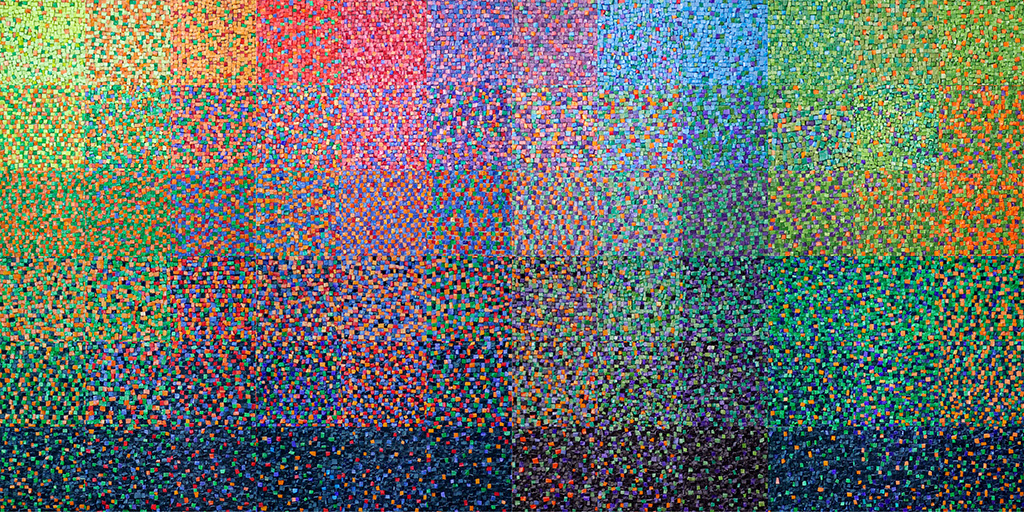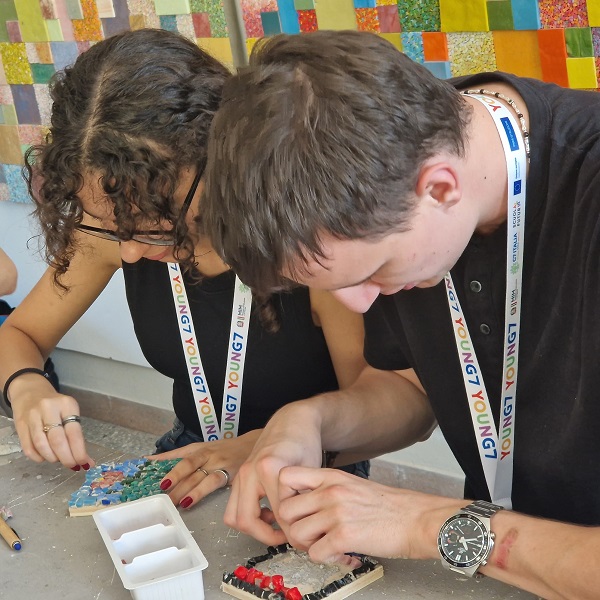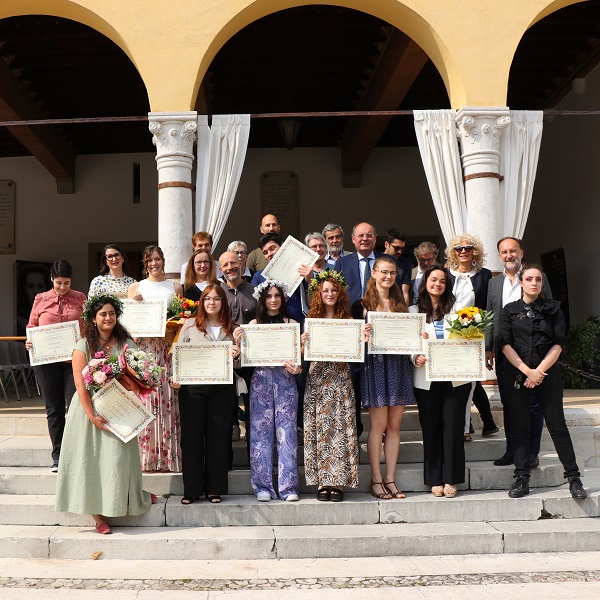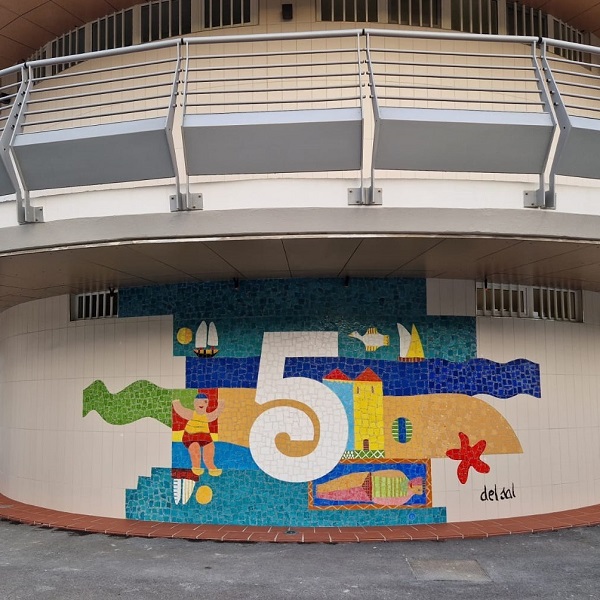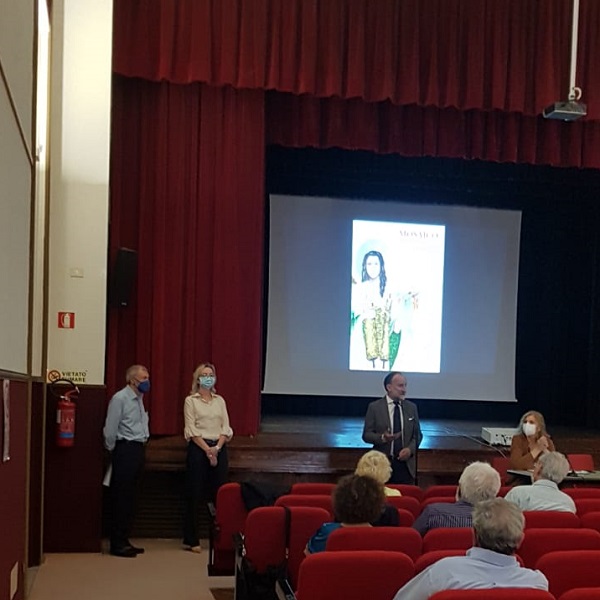
A conference to reflect on mosaic and sacred art
A volume full of images gives an account of the interesting conference organized by the Imago Musiva Culture Association entitledMosaic, sacred art and literaturewhich saw the participation of scholars and researchers in the fields of literature, the Christian religion and the art of mosaics.
The conference took place in Spilimbergo on May 27, 2022 and was organized as part of the celebrations for the centenary of the Scuola Mosaicisti del Friuli. All the students of the School were present in the audience and took the opportunity to listen to experts and to deepen the relationships between mosaic and religious themes.
Greetings from the president of the Imago Musiva Culture Association, Alessandro Serena, from the president of the Friuli Mosaic School Stefano Lovison and from the Councilor Anna Bidoli representing the Spilimbergo Administration, opened the meeting.
The coordination of the interventions was entrusted to the journalist and publicist Romina Gobbo, professor of communication at the University of Verona. In his presentation at the conference he urged the public to think about the meaning that the mosaic had and has for spirituality.
The first intervention, supported by many images, concerned the first mosaic expressions of Christianity, which with Constantine became the state religion. It was addressed by Linda Kniffitz, a scholar of Byzantine art, former manager of the International Center for Documentation on Mosaics at the Ravenna Art Museum. According to Professor Kniffitz, mosaic, even in contemporary times, is the bearer of theological and theophanic values for which, through narrative or the symbolism of light, it is capable of expressing and transmitting religious meaning and spirituality.
Chiara Tavella, art critic, curator of contemporary art and professor of art history, illustrated the troubled but fascinating history of the church / mosque of Santa Sofia in Constantinople. An architecture that was an engineering challenge, with a vast decoration, remodeled several times, which finds meaning in the relationship with light and space, transforming the sacred building into a microcosm where the divine is manifested.
Dante, the sleeping poet, in his stay in Ravenna admired and studied the mosaics of the Byzantine cathedrals so much that he learned from them, reporting precise references in his Divine Comedy. In a parallel therefore between Dante’s verses and Ravenna’s mosaics, Ivan Simonini, president of the Scientific Committee of the Salone dei Mosaici in Ravenna, showed the interesting closeness between art and literature, a commonality of images described with different expressive forms.
Giorgio Bonaccorso, specialist in liturgical theology, writer, is a lecturer at the Institute of Pastoral Liturgy of S. Giustina in Padua, he addressed the theme of the rite as a profound religious experience that in contemporary language could be defined as multimedia. The ritual is part of the art which is action, involvement, which moves the sensibility and secondly the rationality. The speaker also offered interesting insights on how art can be a solution to the discussed issues of distancing from faith and little participation of the community in religious life.
The written contribution of Giovanna Czander, biblical scholar and professor of Religious Sciences at Dominican University and of Sacred Scripture at Fordham University in New York, focused on the difference in meaning of images in Western and Eastern Scara art.
The activity of the Scuola Mosaicisti del Friuli in the religious field was retraced by the art historian and teacher of mosaic history, Danila Venuto, through significant examples, has spent a hundred years of commissions carried out for Catholic communities all over the world, where the stylistic evolutions have been evident, but also the changes in the understanding of religiosity and the relationship with the faithful by the Church.
The conference ended with Alessandro Serena’s account of the artistic adventure represented by the Mosaic Crib which for several years has been decorating Piazza Duomo in Spilimbergo during the Christmas period. This was followed by images of exemplary creations from important mosaic workshops in Friuli Venezia Giulia.
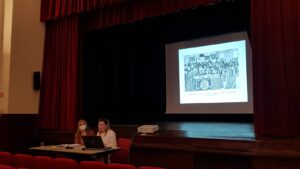
May 28, 2022


